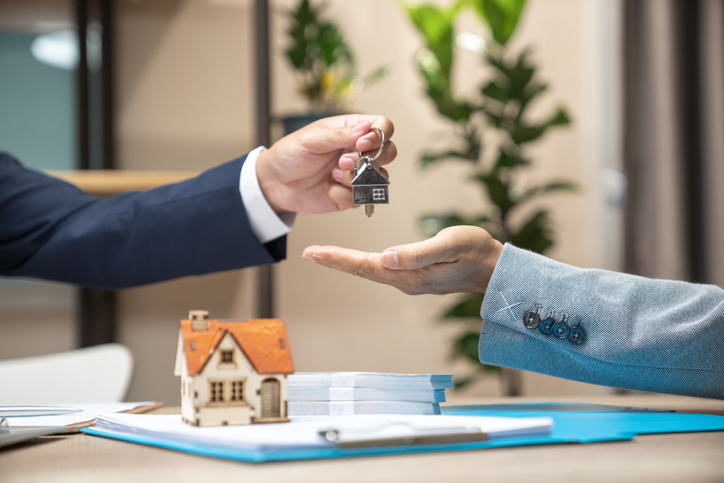Housing Finance Values Reach Record Highs
It follows the eighth consecutive month of growth.
The value of new loan commitments for housing has grown for the eighth consecutive month, reaching another record high across the country according to statistics from the Australian Bureau of Statistics’ January 2021 Lending to Households and Business figures and the Real Estate Institute of Australia (REIA).
The report shows that new loan commitments for owner-occupier housing rose 10.5% in January and follows a 44.3% rise for the past 12 months. A rise was seen in all states and territories, with the exception of the Norther Territory.
Further, the value of new loan commitments to owner-occupiers rose 10.9% which marks the largest monthly increase since August 2020.
According to Adrian Kelly, President of the Real Estate Institute of Australia: “The number of owner-occupier first home buyer loan commitments increased by 9.6 per cent for the month and is 70.8 per cent higher than twelve months earlier. This is the highest level since May 2009, when the Commonwealth Government’s response to the GFC included the temporary increase in the first home-owner grant.”
Owner-occupier first home buyer loan commitments accounted for 36.5 per cent of all owner occupier commitments excluding refinancing.
Further, investors had also increased their activity with loans also increasing for the eighth consecutive month.
“The value of loan commitments for investor housing increasing by 9.4 per cent for the month, the largest rise since September 2016, and 22.7 per cent for the year on the back of improving rental market conditions. The largest increase in the value of new loan commitments to investors was in Victoria with an increase of 12.9 per cent in January,” added Mr Kelly.
This stylish family home combines a classic palette and finishes with a flexible floorplan
Just 55 minutes from Sydney, make this your creative getaway located in the majestic Hawkesbury region.
More than one fifth of Australians are cutting back on the number of people they socialise with
Australian social circles are shrinking as more people look for ways to keep a lid on spending, a new survey has found.
New research from Finder found more than one fifth of respondents had dropped a friend or reduced their social circle because they were unable to afford the same levels of social activity. The survey questioned 1,041 people about how increasing concerns about affordability were affecting their social lives. The results showed 6 percent had cut ties with a friend, 16 percent were going out with fewer people and 26 percent were going to fewer events.
Expensive events such as hens’ parties and weddings were among the activities people were looking to avoid, indicating younger people were those most feeling the brunt of cost of living pressures. According to Canstar, the average cost of a wedding in NSW was between $37,108 to $41,245 and marginally lower in Victoria at $36, 358 to $37,430.
But not all age groups are curbing their social circle. While the survey found that 10 percent of Gen Z respondents had cut off a friend, only 2 percent of Baby Boomers had done similar.
Money expert at Finder, Rebecca Pike, said many had no choice but to prioritise necessities like bills over discretionary activities.
“Unfortunately, for some, social activities have become a luxury they can no longer afford,” she said.
This stylish family home combines a classic palette and finishes with a flexible floorplan
Just 55 minutes from Sydney, make this your creative getaway located in the majestic Hawkesbury region.

















